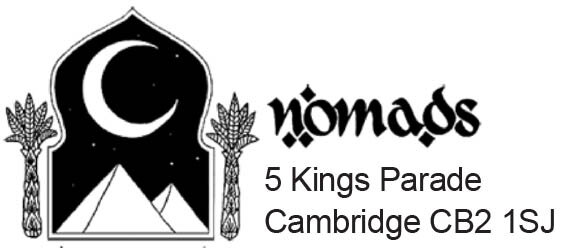What Is a Thangka?
What Is Meant By Thangka?
Thangka roughly translates to “recorded message” in Tibetan and is an ancient form of Buddhist art that originated in Tibet in the 11th century. They are usually painted on silk or cotton vertically orientated scrolls, with a brocade frame and are used as a teaching and meditation tool by religious scholars.
In Tibet, these days, almost every home will have one on the wall - with a covering that will be drawn back at the time of meditation and prayer - and then replaced to cover up the image - very often of the Buddha - after blessings and prayers have been said and mantras have been repeated.
How Do You Display A Thangka?
In Tibet, the painting of Thangkas is an important and highly developed means of expression through which the entire Buddhist philosophy can be explained. Primarily, they are used in monasteries and temples and hung above altars to support the Buddhist practises and serve as an aid to teaching - they communicate a message to the practitioner and each detail carries a deep significance and meaning.
How Is A Thangka Made?
Tibetan Thangkas have traditionally been painted by Buddhist priests and Lamas, who have been rigorously trained in the monasteries of northern India and Nepal.
They depict deities and/or mandalas and are used for aids in meditation and contemplation - it is a very long and painstaking process. First the canvas has to be prepared by stretching and making smooth on a bamboo frame. Then the outline of the deity is made on the canvas, first in pencil or charcoal, and then with a fine brush, with the addition of vibrant colours. Acrylic paints have largely replaced natural pigments.
The artists role is seen as that of a medium and the Thangka is seen to be a visual representation of a spiritual reality.
A fine Thangka can take several months to complete as the painting process is very detailed. As well as the skill in painting, the artist must have an understanding of Buddhist scriptures and iconography.
What Is The Purpose of a Thangka?
Traditionally the monks and lamas used the Thangkas to instruct the Buddhist teachings to the mainly nomadic population, and they were easily transported and unrolled in the villages that might be far from the monastery. Here the people would gather in the main square around the lama, who would often point with a stick at the different parts of the painting to illustrate their teachings and stories.
A Thangka is sometimes called "a roadmap to enlightenment “, and they can be seen as a visual expression of the highest state of consciousness, which is the ultimate goal of the Buddhist spiritual path.
The beautiful and traditional art of Thangka painting has been preserved and passed on through the lineage of master’s and their students, who after many years of training, become masters themselves and pass it on in the same way.
Depending on the size and quality of the detail, it can take up to three years to complete a single piece; using 24 carat gold, sterling silver and local minerals to depict a deity, scene or mandala.
Before being released to the world, the Thangka paintings are often looked upon by the Lama, bestowing them with blessings and positive energy. It is said that even looking upon such a painting will place a positive imprint within one's mind, resulting in future happiness.
More about how Thangka paintings are Made in Nepal

